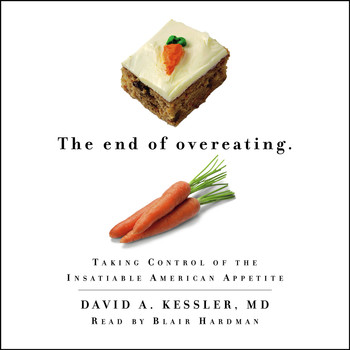To David Kessler, author of The End of Overeating, creating an association means, “Learning to act in a new way requires either being drawn toward something or being pushed away from something that longer seems desireable. Learning comes most readily when the two occur together.”
This blog is part of a seven part series. Read the first three blogs here:
Treating Overeating
How to Reverse the Habit
Food Rehab: Creating Rules
We always assign negative & positive associations with foods, whether we mean to or not. Chances are, if you go to your grandmother’s house every Thanksgiving and she makes the most incredible mashed potatoes, you give them a positive association. Or if you ate at a particular restaurant and you ended up getting sick later that evening, you probably have given it a negative association.
Well if there’s a food you need to avoid, find a way to assign it with a negative association. So for example, I used to love pizza… like I could eat 4 slices in one sitting… love pizza. But now I associate pizza with it’s high sugar, fat & salt content. I associate it with making me feel bloated and greasy for the rest of that day and the next day. I associate it with how horrible I feel mentally after overeating and now it’s been months since I’ve had a slice, much less 3 or 4! Giving trigger foods a negative association makes the easier to turn down.
Another example is with smoking. Decades ago smoking was seen as sexy & glamorous. Now smoking has been demonized by the media and is seen as dirty & gross which hopefully means less people will start smoking & more people will quit.
Given this, your probably already think of fast food as low-grade and fatty. Now use those same thoughts you feel about fast food and apply them to other triggers such as cupcakes, peanut butter or soda.
You also have to truly come to realize that your life really will be better off without these foods!!! You will feel amazing because you are accomplishing goals. You are being complimented on your figure. You will feel good in your own skin. Your health will improve. You will not have trouble fitting into your pants. Your cholesterol will go down. You won’t be addicted to those foods anymore!!!!
So one of the biggest things that helped me was that, when faced with triggers, you have to think to yourself, “sure, this will be good for the 2 minutes it takes to eat this brownie.. but I know as soon as I’m done I’m going to feel really bad about myself.” When I finally realized this in my own conscious thought it all just made perfect sense. These foods are so not worth the feelings of guilt, frustration and mental anguish I was going through.
Kessler also notes that, “Cue induced behavior is automatic behavior.” He’s saying that foods you feel are emotionally rewarding are going to be the ones that really steal your attention. So if you are a french-fry lover, it is going to be difficult to turn down when dining out with friends. But this is why we create our rules, right?
To wrap this up Kessler makes note that, it’s important to realize that if we think a particular food is a reward and is our friend, we’re likely to pursue it. But if we think it’s an enemy, we’re far more likely to turn away from it with distaste. So really, it’s up to you to recognize that nachos, beers, brownies, fries, pasta, etc are the enemy because they stand in the way of you and your goals!
Read the fifth blog here: Planned Eating
What food associations do you have and how have they helped you?
Leave a comment below!
Your Coach,
Kyra
